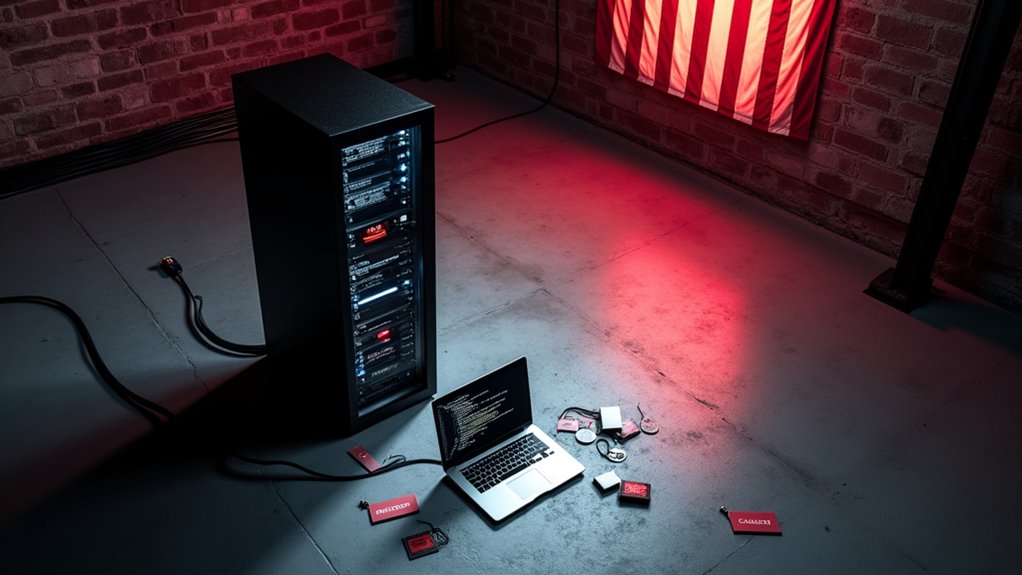As millions of passengers and freight shipments navigate America’s railway networks daily, a critical cybersecurity vulnerability in train braking systems has exposed the entire transportation infrastructure to potentially catastrophic attacks. The flaw, designated CVE-2025-1727 with a high severity CVSS score of 8.1/10, affects End-of-Train and Head-of-Train radio protocols used across all US freight and passenger trains.
The vulnerability stems from complete absence of authentication or encryption in EoT-HoT communications, allowing attackers to transmit unauthorized braking commands using software-defined radio equipment costing less than £400. Malicious actors can exploit radio frequency protocols by mimicking legitimate brake commands, injecting unauthorized packets from considerable distances with only basic protocol knowledge and inexpensive hardware. Similar to dark web protection, experts recommend implementing strong authentication practices and encryption standards to prevent unauthorized access.
Safety implications prove severe, as attacks facilitate sudden, unauthorized train stoppages that risk derailments, collisions, or complete brake system failures. Such incidents endanger passengers, freight cargo, and potentially entire railway networks through coordinated widespread attacks, fundamentally undermining public trust in rail system safety.
Coordinated attacks could trigger widespread rail system failures, endangering passengers and cargo while devastating public confidence in transportation safety.
Most troubling, researchers identified this vulnerability in 2012, yet industry stakeholders systematically ignored repeated warnings for over a decade. The Association of American Railroads dismissed affected devices as “end of life” in spite of their continued operational use, demonstrating regulatory inertia that persisted until CISA issued a high-risk advisory in 2024. Researchers Neil Smith and Eric Reuter documented these security weaknesses but faced resistance from industry officials who deemed the threats insignificant.
Technical analysis reveals the protocol relies on outdated BCH checksums for authentication, whereas EoT devices—also called FRED units—receive and retransmit brake commands via unencrypted RF signals. Any signal matching the correct structure gains system acceptance, allowing attackers to spoof commands and override legitimate train controls with minimal technical barriers.
The scale of exposure encompasses seven major carriers operating across more than 138,000 miles of track, with approximately 12,000 trains running daily that remain susceptible to this critical vulnerability. Current mitigation strategies focus on awareness campaigns and network monitoring as they await thorough system upgrades not expected until 2027. The vulnerability exposes systemic weaknesses in US transportation cybersecurity, highlighting urgent needs for modernization and encryption implementation across industrial control systems.
This prolonged exposure raises significant legal liability concerns while demonstrating how critical infrastructure remains vulnerable to attacks requiring minimal resources, posing substantial threats to national transportation security.









